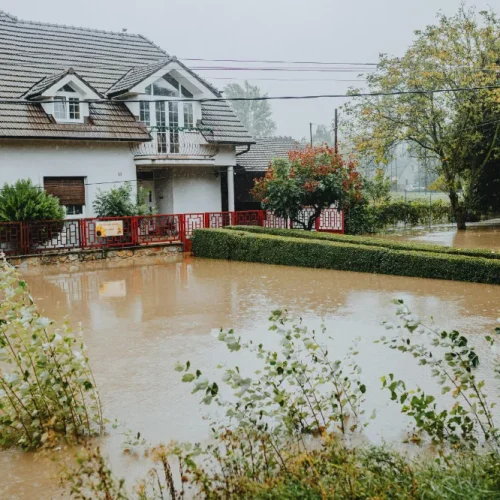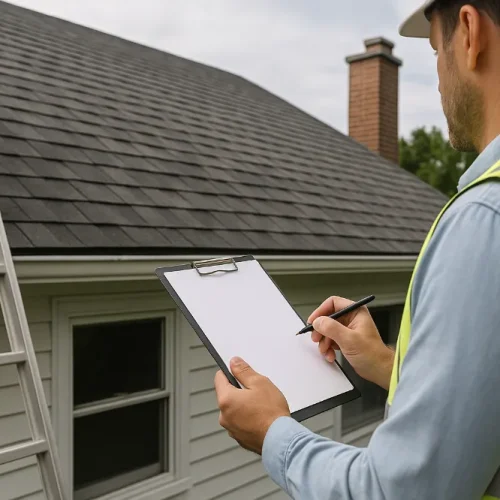
Preparing land for future use is one of the most important steps before any construction or landscaping project. Whether developing a residential block, expanding farmland, or restoring an unused lot, a safe and strategic approach ensures that your land remains stable, compliant, and ready for whatever comes next.
When done correctly, land preparation protects your investment, supports the local environment, and prevents costly setbacks later on.
Understanding Land Preparation: An Overview
Land preparation is the process of transforming natural, undeveloped land into a ready-to-use site. It often includes clearing vegetation, grading, improving soil, and planning infrastructure.
From Raw Ground to Readiness
The process starts with removing unwanted materials, then levelling the ground and ensuring it can handle future use. Proper preparation lays the foundation for safety and success, whether it’s for a new building, crops, or landscaping.
Assessing Your Land: Key Factors to Consider
Before any physical work begins, take time to assess your property. A thorough site inspection helps you understand its natural features and limitations.
Evaluating Soil and Slope Conditions
Look at how your land slopes and how water drains. Poor drainage or steep slopes can lead to erosion or foundation problems later. Identifying these risks early allows for smarter planning and prevents surprises later.
Environmental Regulations and Compliance
In Australia, land preparation is subject to strict environmental regulations designed to protect the ecosystem. Before breaking ground, ensure you’ve obtained any required permits and consulted your local council. Ignoring compliance can lead to heavy fines or even forced project shutdowns.
Protecting Local Ecosystems
Preserve native vegetation where possible and plan around existing trees. Responsible land use means minimising harm to wildlife habitats and using eco-friendly clearing methods.
Soil Testing and Improvement Techniques
Good soil is the base of any successful land project. Testing the soil helps determine its composition, stability, and nutrient levels.
Common Soil Improvement Methods
If your soil is compacted or nutrient-poor, add organic matter or adjust the pH level. Compacting soil evenly improves stability in construction, while aeration helps roots grow deeper and healthier in farming.
Clearing and Grading Your Land Safely
When it comes to land clearing Sydney, safety and expertise are key. Professional clearing ensures that trees, shrubs, and debris are removed without damaging nearby structures or the soil. Grading follows clearing to level the ground and improve drainage. Proper grading prevents pooling water and soil erosion, creating a strong base for development.
Equipment and Safety Tips
Always use machinery suited to the terrain and ensure operators are trained. Maintain a clear communication line between team members and wear safety gear like helmets, gloves, and boots.
Erosion Control Methods for Sustainable Land Use
Once the land is cleared and graded, erosion control becomes crucial. Simple measures like silt fences, mulching, and retaining walls can prevent soil from washing away during rain.
Long-Term Erosion Management
Planting grass or ground cover on slopes helps keep soil in place. Regular maintenance ensures your erosion control methods continue working overtime.
Planning for Utilities and Infrastructure
Smart land preparation includes planning for essential services such as drainage, water, and power. Coordinate early with contractors to avoid digging up finished areas later. Laying these foundations first saves both time and money in the long run.
Best Practices for Landscaping and Planting
Once the groundwork is complete, it’s time to think about landscaping. Choosing native plants ensures your garden or open space can thrive with minimal maintenance.
Future-Proofing Your Landscape
Design your outdoor space for durability and low water use. Native species also help restore natural balance and attract beneficial wildlife.
Safety Measures During Land Preparation
Every stage of land preparation carries potential risks. Prioritise safety by maintaining equipment, training staff, and following site protocols.
Managing Risks and Emergencies
Keep emergency plans in place and ensure first aid kits are easily accessible. Regular inspections can help identify hazards before they escalate.
Conclusion
Preparing land safely and properly sets the stage for long-term success. From soil testing to grading and erosion control, each step contributes to creating a secure, sustainable foundation. Whether it’s a new home site or a large-scale development, investing time in professional and well-planned land preparation ensures your project starts on solid ground.
FAQs
Land preparation is the process of clearing, leveling, and improving soil before development. It ensures safety, stability, and compliance with regulations.
Conduct a site inspection to evaluate soil type, slope, drainage, and vegetation. This helps identify potential issues like erosion or poor foundation support.
Yes. Most regions, including Australia, require permits for clearing and grading. Always consult your local council before beginning any work.
Bulldozers, excavators, and graders are common. Use machinery appropriate to the terrain and ensure all operators are properly trained.
Preserve native trees, minimize disturbance to wildlife, and use eco-friendly methods such as mulching or selective clearing.
Use silt fences, retaining walls, and vegetation like ground cover or grass to prevent soil washout after grading.
Add organic compost, adjust soil pH, or use soil stabilizers to enhance fertility and structure depending on your project goals.
Wear proper gear, maintain equipment, and establish clear communication on-site. Always have first aid and emergency plans ready.
Proper drainage prevents flooding, erosion, and foundation damage. It ensures long-term stability for buildings and landscapes.
Hire experts for large projects or uneven terrain. Professionals ensure compliance with safety standards and environmental regulations.













